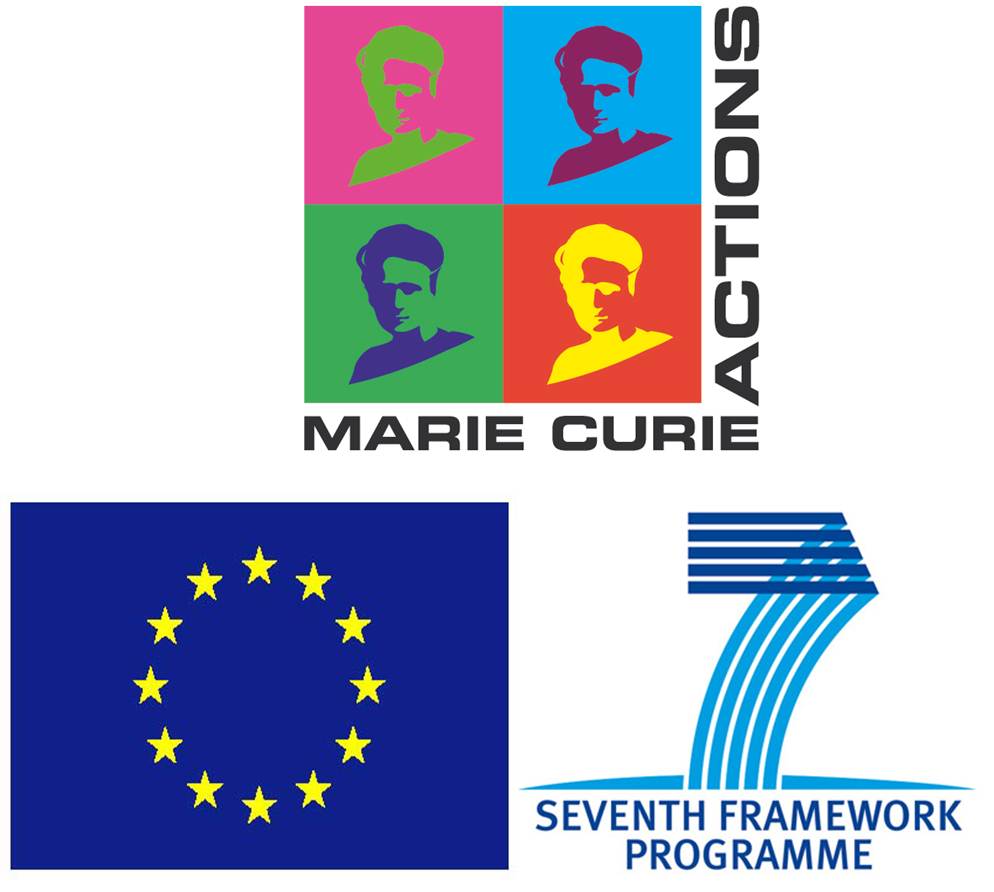Keynote lectures
The invited keynote speakers are experts from multiple disciplines within environmental research, dealing with emerging pollutants and multiple stressors. We are pleased to announce that the following speakers have accepted to give a talk at the conference:
Werner Brack
Head of the Department Effect-Directed Analysis
Helmholtz Centre for Environmental Research - UFZ
"Finding the needles in the haystack – Identification of emerging toxicants in complexly contaminated water resources"

The production and use of a large number of chemical compounds may be seen as a basis for human welfare and a prospering economy. However, sooner or later most chemicals enter the environment resulting in complex contamination posing a risk to ecosystems and human health. While some particularly hazardous persistent organic pollutants have been banned globally and emission reduction and wastewater treatment generally improved water quality at least in Europe, chronic toxic risk can be diagnosed still in almost half of the European rivers. The enormous diversity of chemicals (about 90 million individual structures are presently known and registered) and their occurrence in complex and variable mixtures are among the major challenges of environmental risk assessment and management of chemicals. Known contaminants of emerging concern such as pesticides, biocides and drugs may be highly potent even at low environmental concentrations while for many environmental chemicals no information on adverse effects is available at all.
Thus, this keynote will discuss approaches and tools to unravel this complexity of contamination and to identify emerging toxicants as drivers of mixture toxicity and human health risks on different scales. Chemical and toxicological screening approaches and effect-directed analysis will be discussed in a monitoring context and perspectives for the future development will be given.
Christian Feld
Senior Researcher in Aquatic Ecology
Faculty of Biology, University of Duisburg-Essen
"Managing aquatic ecosystems under multiple stress"

Water resources globally are affected by a complex mixture of stressors resulting from a wide range of drivers, including urban and agricultural land use, hydropower generation and climate change. Understanding how stressors impact upon ecological status and ecosystem services is vital for ecosystem monitoring and restoration. Understanding how stressors interact and, in concert, interfere with ecological integrity is vital for situations where multiple stressors together exhibit impacts different from single stressors. For example, nutrient enrichment and fine sediment pollution together are known to stronger impact river biology than each stressor alone, i.e. in the absence of the other. This keynote details the nature of this problem for Europe's water resources and the need to find solutions at a range of spatial scales. Understanding multiple-stressor effects on ecological integrity is of paramount importance for River Basin Management, to avoid water managers underestimate - or overestimate - stressor’s impacts and take the wrong decisions.
Ralf Ludwig
Professor for Applied Physical Geography and Environmental Modeling
Department of Geography, Ludwig-Maximilians-University (LMU)
"From environmental monitoring to integrated modeling in a global change context: Limits, chances and perspectives from the GLOBAQUA project"

The EU-FP7-project GLOBAQUA (GA: 603629) investigates the effects of multiple stressors on aquatic ecosystems under water scarcity. In order to make a substantial contribution to managing such impacts in a global change context and under a partly very limited availability of data, monitoring and modeling efforts must be interlinked, tested and applied in several case studies across Europe.
The application of models of various scopes, scales and structural complexity is a key component in the GLOBAQUA approach to improve process understanding in the interconnectivity and feedback mechanisms of climate (regional), land use (regional), hydrology and hydraulics (catchment and river), water quality (river), biology and aquatic ecosystems (reach scale). Integrating the individual elements in a systems approach and assessing the chain of propagating uncertainties remains to date a major scientific challenge. Still, employing a set of different models is needed to cover the systems’ diversity and complexity and develop robust mechanisms to detect, describe, understand and finally project the course and impact of multiple stressors on aquatic ecosystems under water scarcity and in changing boundary conditions.
The GLOBAQUA modeling chain respects the following logic: Climate Land Cover → Catchment Hydrology → Water quality → biology and aquatic ecosystems. The results obtained from the analysis of this processing chain will be employed to quantify and assess the changes in ecosystem services.
Leo Posthuma
Head of the Department Soil and Sediment
National Institute for Public Health and the Environment (RIVM), The Netherlands
"Emerging approaches for solution-focused pollution impact reduction"

"Chemical pollution" has been positioned in the top-nine of stressors that may globally affect 'the safe operating space for humanity'. Transgression of planetary boundaries for chemical pollution is thereby hypothesized to affect biodiversity integrity and subsequently the earth system and human safety. While these views published in Nature were recently updated in Science, there was still no clue how to evaluate chemical pollution in its full complexity, its potential threats, the natural boundaries for chemical exposure that should not be transgressed, and finally - whether measures currently taken are sufficient. Clearly, Rachel Carson's Silent Spring in 1962 signalled impacts of chemicals on nature, exploring a rich series of working hypotheses still being the core business of ecotoxicological and ecological research lines.
Researchers around the globe appeared to be inspired by the gap in the boundary framework, and initiated work on the current impacts of pollution in our living environment. Current results, various of which will be shown, show scientific evidence for exposures, for impacts, and for current and future risks. One of them is chemical footprinting, as a way to summarize and communicate results of complex data analyses. But did we want to know that, or did we - in fact - have further obligations?
I argue that we have. At RIVM, we need to bridge the gap between the scientific gaps between the science and policies and management. An emerging theme here is 'solution-focused risk assessment'. This type of risk assessment was recently proposed by a high policy advisory committee, to circumvent loopholes in risk assessment outcomes. The novel paradigm was meant to improve the utility of risk assessments. It was adopted as the name of the SOLUTIONS-project.
This keynote will meander between in-depth scientific analyses on chemical pollution in a multiple-stress context and this novel and inspiring paradigm that was designed to help tackling the problem - even exploring whether we can predict impacts of chemical substances for which we don't have ecotoxicity data. To underscore the inspiration triggered by the novel paradigm, the presentation will address the earliest results of the SOLUTIONS-approach, such as the early establishment of a think tank. The keynote shows that risk assessment is scientific support for decision-making under uncertainty, with its contemporary hot topics.
